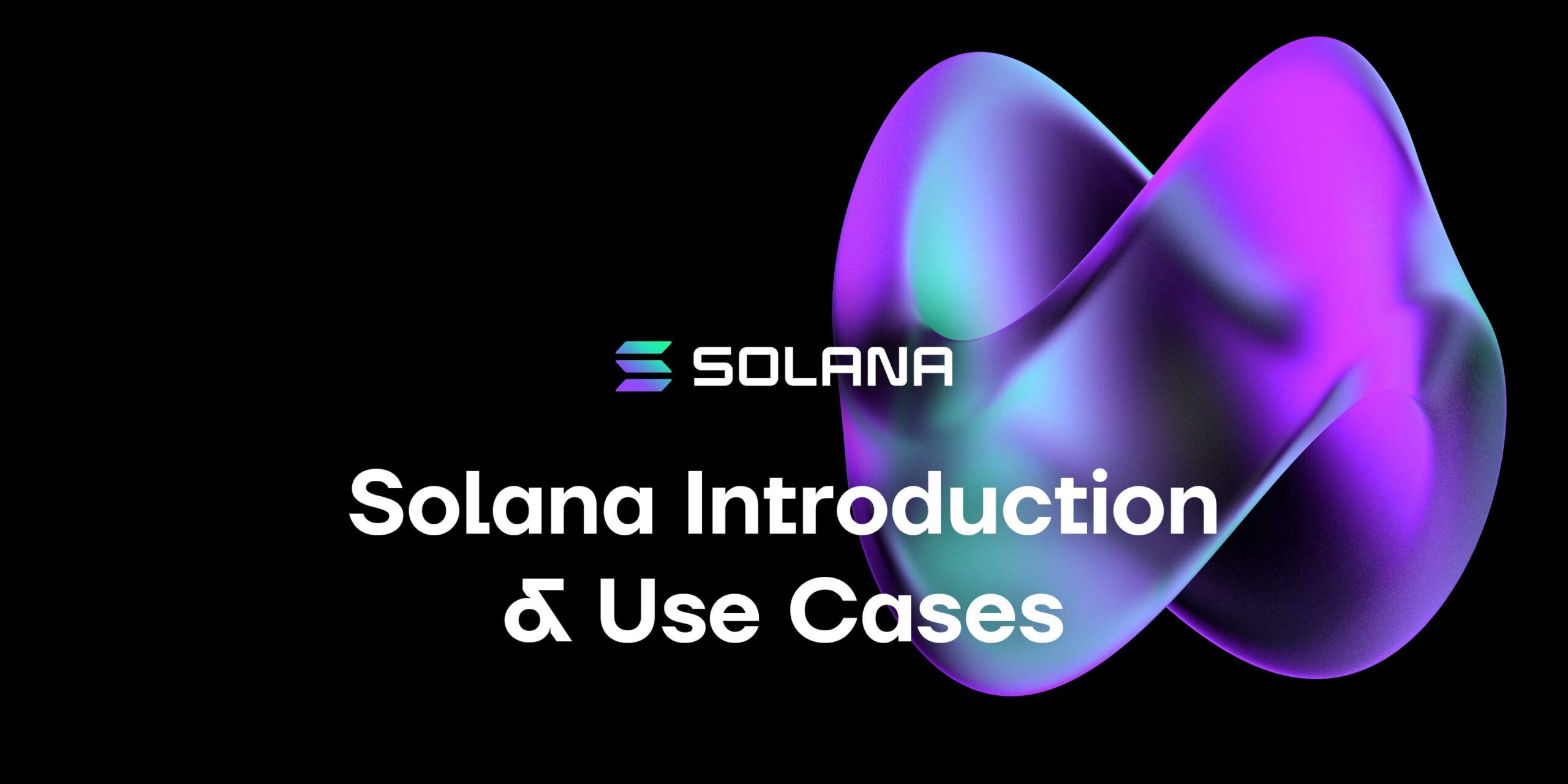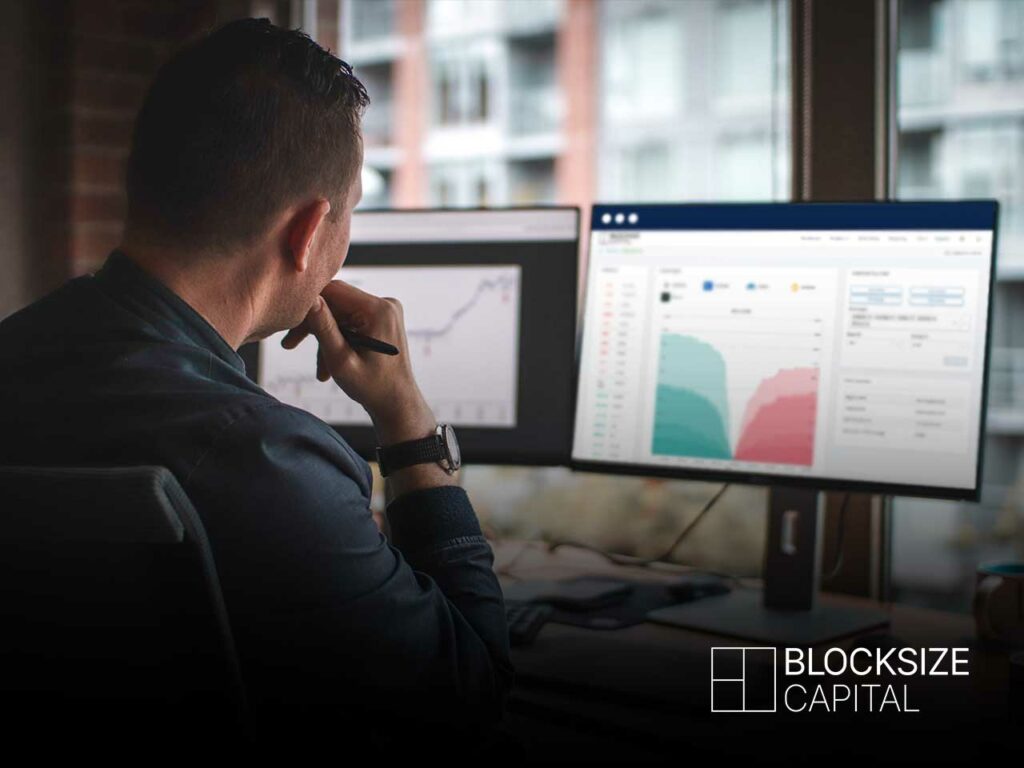Solana Introduction & Use Cases

by Dragan Djekov
What is Solana (SOL)?
Solana was created and founded by Anatoly Yakovenko, who successfully launched his open-source cryptocurrency project in the first quarter of 2020, and is managed and monitored by the Geneva-based Solana Foundation. Solana is currently the sixth-largest cryptocurrency in the world and was built by its developers in Solana Labs in the city of San Francisco in California. Solana’s blockchain design focuses on the making of decentralized applications (DApps) and acting as a support system for smart contracts.
The operating technology of the blockchain that Solana is built on utilizes both a proof-of-stake (PoS) and proof-of-history (PoH) hybrid model. This is what helps Solana gain a noticeable advantage over its market competitors. Within the Solana white paper, Yakovenko describes in detail how the proof-of-history feature allows for transactions to be verified and timestamped at a much quicker rate, and the proof-of-stake allows validators to verify such transactions, which is dependent upon how many tokens they are currently holding at the time of verification, hence why it is called timestamping. With this dual attribute combination, Solana is able to provide significantly lower transaction fees and also excel at processing more transactions per second than most cryptocurrencies available now.
Solana versus Ethereum
To Solana’s advantage, Ethereum currently operates using a traditional proof-of-work concept model, in which miners, are competing to solve complex algorithm puzzles in order to verify and validate transactions. Such a model is effective in reducing attacks against the network but requires much more time and electricity usage. It is the reason why Solana can process up to 50,000 transactions per second (TPS) in contrast to Ethereum’s maximum potential of 45 transactions per second, averaging around 13 at best.
To stay competitive, Ethereum is following suit and is in the process of switching over to the proof-of-stake (PoS) model. Not only is Solana described as an Ethereum killer – because of its highly desired usability and attributes – but it lives up to its name regarding speed, which also “kills”. Although Solana doesn’t have first-mover advantage like Ethereum, which has a massive network of communities, projects, DApps, and increasing followers, Solana has reportedly over 350 projects already within its ecosystem currently and growing.

“Ethereum has long been plagued by high fees for transactions, which sometimes skyrocket into hundreds or even thousands of dollars, especially at times of high network congestion. Solana has a larger theoretical throughput — meaning it can handle more transactions per second than Ethereum — so the fees are currently extremely low, typically costing 0.000005 SOL, or about $0.001.” – Stan Schroeder, senior editor at Mashable.
Those using Solana can engage with a multitude of decentralized apps. Many of them are connected to finance like investing in various assets, trading cryptos on exchanges, and lending and borrowing money on platforms. Investors and Solana supporters who hold SOL, Sollet, or Phantom, which are Solana-based tokens, are able to access those DApps, being able to transfer and trade tokens on Raydium, which is a decentralized exchange, or purchase and own NFTs from Solana’s marketplace known as Solanart. Any action or decision done on the Solana blockchain requires only a negligible fee.
Solana’s limitations
Solana is still in its testing phase, technically speaking, which is something good to keep in mind if one wants to develop and establish an app on its platform or pour investment money into it. Many startups and newer projects within the cryptocurrency sphere are also in the same situation, so it isn’t something unheard of. This is especially true regarding all the newer, innovative, high-aspiring blockchain projects that are still experimenting and testing their models and theories to solve and reduce real-world issues and situations.
Although Solana is very fast in transaction rate terms, the current beta requirements for the validator computers, that assist in managing and running the Solana network smoothly, are also quite costly. More control and influence are focused on the responsibilities and positions of lesser users because the high cost and resource demands for constructing, sustaining, and maintaining the running of a validator node on the Solana blockchain will dishearten any possibly interested or enthusiastic prospect that wanted to get involved in the technology at its main core base.
“Solana mainnet-beta is experiencing intermittent instability. Engineers are investigating the issue.” – Verified Solana Status Twitter Account
The problems that could potentially arise would be that, because of unstable validator nodes, the network activity could slow down immensely, especially if there isn’t enough strength to properly manage and regulate high volumes of network activity, which has unfortunately occurred on the Solana blockchain more often than desired. This is what would make an investor gravitate towards Ethereum instead because it has been developed from 2015 onwards to withstand a multitude of issues and has fail-safe mechanisms built in to streamline its network activity.
Solana’s rise to power
Solana is indisputably a powerhouse in the crypto space being in the top 10 within the markets and one of the fastest to handle global adoption when it is ready. Solana also boasts about $8 billion, rounded up, in total value locked within its ecosystem network of projects, making it the current largest chain of locked value.
Only in the cryptocurrency world do we see such staggering gains and life-changing amounts garnered in such a short amount of time. Anyone who had the opportunity to participate in Solana’s initial coin offering (ICO), which is a form of public crowdfunding online through the selling of tokens of a project, has benefitted immensely from it, because the price of SOL during the ICO was just a mere $0.22 cents, compared to the whopping 200 plus price range per token, an increase of nearly 100,000 percent.
That just shows the potential growth and investment opportunity of many of these aspiring crypto projects, and Solana is definitely living up to its promise. It is one to keep an eye on whilst also seeking out other, similar ones with great potential that are still under the radar.

Enter the digital asset market today
Blocksize Capital allows you to stay up to date with the most relevant developments in the world of fintech and cryptocurrencies, while at the same time providing a reliable and data-driven SaaS solution that helps you enter the digital asset market with full confidence and all the right tools at hand. Learn how you can understand market opportunities, analyze your risk exposure, access aggregated liquidity, and execute trades with the highest precision – get in touch with us now and request your free demo today.
